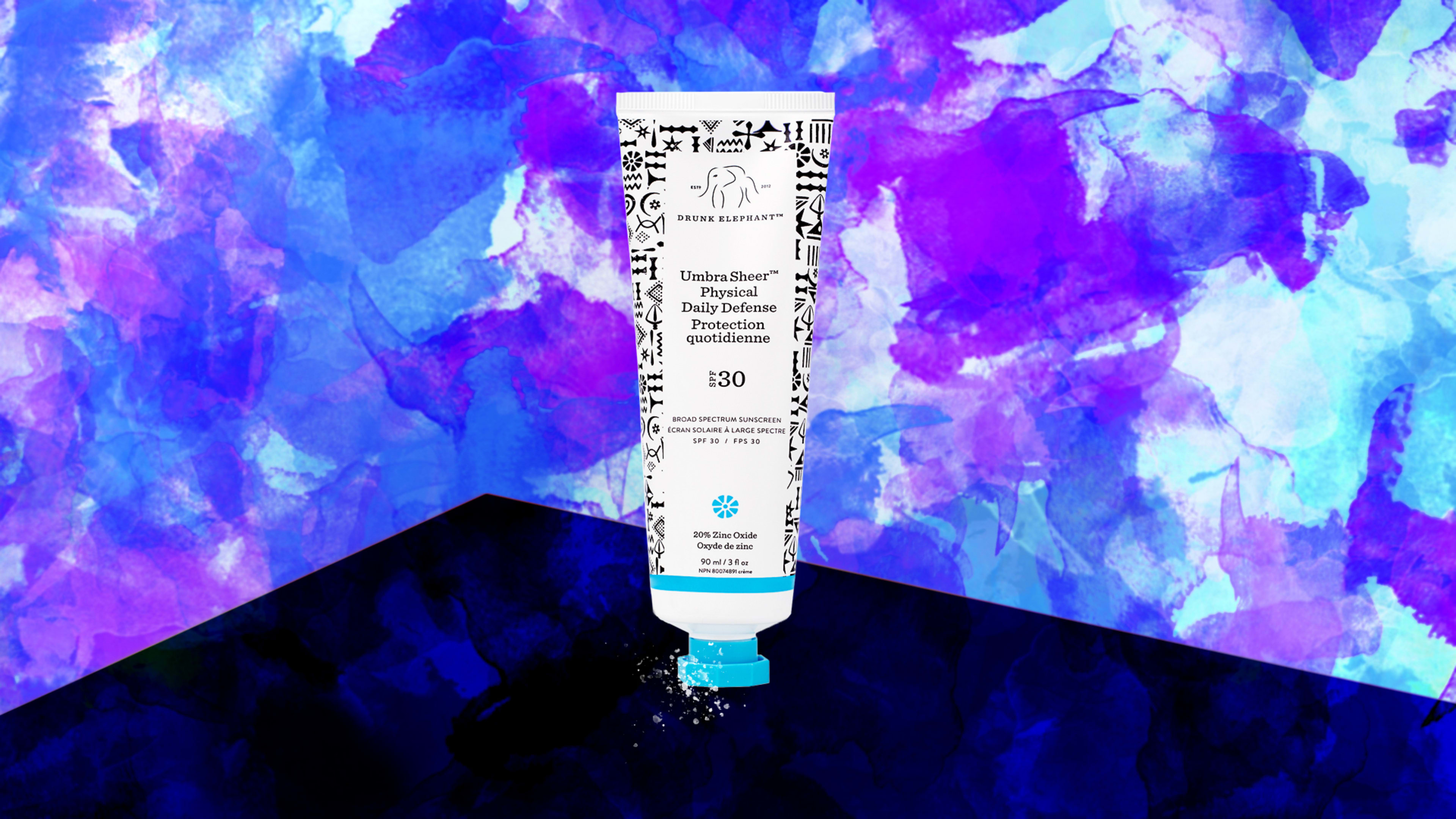Summer is here, and before you run out to your backyard, park, or beach, you should stock up on one summer essential: sunscreen. But before you pick up just any old drugstore brand, check the ingredients—because while just about any sunscreen will protect you, some will damage the environment while doing it.
In 2018, Hawaii became the first state to kick off the “reef-safe” sunscreen movement by banning the sale of products containing oxybenzone and octinoxate. These two highly researched chemicals that have been directly linked to the irreversible damage coral and other marine life. That led the Food and Drug Administration to propose a new rule to regulate oxybenzone and octinoxate, for the benefit of human health, marine health, and the environment. It’s prompted other action as well: CVS removed the chemicals from all of its store-brand formulas, and many sunscreen makers are starting to omit them as well.
But according to Consumer Reports, there are several other chemicals used in sunscreens that research suggests might pose an environmental threat, including octocrylene, homosalate, and octisalate. So, what’s a beach bum or lake lover to do?
We’ve done our research on the best chemical and mineral options and rounded up some of our favorite sunscreens below. Ultimately, like any beauty product, it will come down to your personal preferences and skin type. But whatever you do, please do wear sunscreen. The American Academy of Dermatology is clear: Everyone, no matter their age of complexion, needs protection from the sun’s rays.
Mineral
Physical (or mineral) sunscreens act like a shield—sitting on the surface of your skin and deflecting the sun’s rays with titanium dioxide, zinc oxide, or both—but can be irritating to sensitive skin. It’s worth noting that the only two sunscreen ingredients that the FDA has declared as “generally recognized as safe and effective” are titanium dioxide and zinc oxide.
Some of our favorite options include:
- Supergoop! PLAY 100% Mineral Body Mist SPF 30 with Marigold Extract ($34)
- Beautycounter Countersun Mineral Sunscreen Mist SPF 30 ($36)
- La Roche-Posay Anthelios Body and Face Gentle-Lotion Mineral Sunscreen SPF 50 ($30)
- Neutrogena Sheer Zinc Face Dry Touch Sunscreen SPF 50 ($16)
- Babo Botanicals Sheer Non-Nano Zinc Continuous Spray SPF 30 Fragrance Free Mineral Sunscreen ($19)
- 100% Pure Everywhere Body Stick SPF 30 ($38)
- Kinship Self Reflect Broad Spectrum SPF 32($25)
Chemical
Chemical sunscreen soaks into your skin, absorbs the sun’s rays, and breaks them apart, making it better for occasions where you’re exercising and sweating (though it has been linked to some questionable health effects). Some safe favorites:
- Alba Hawaiian sunscreen lotion SPF 45 ($9)
- Neutrogena Clear Body Oil-Free Sunscreen ($14)
- Sonrei Sea Clearly Gel SPF 30 ($45)
Recognize your brand’s excellence by applying to this year’s Brands That Matter Awards before the early-rate deadline, May 3.
